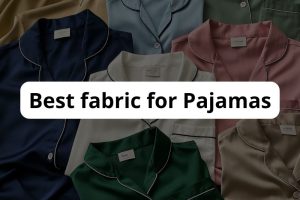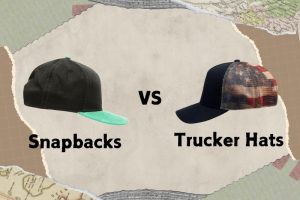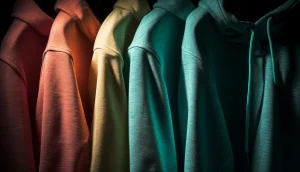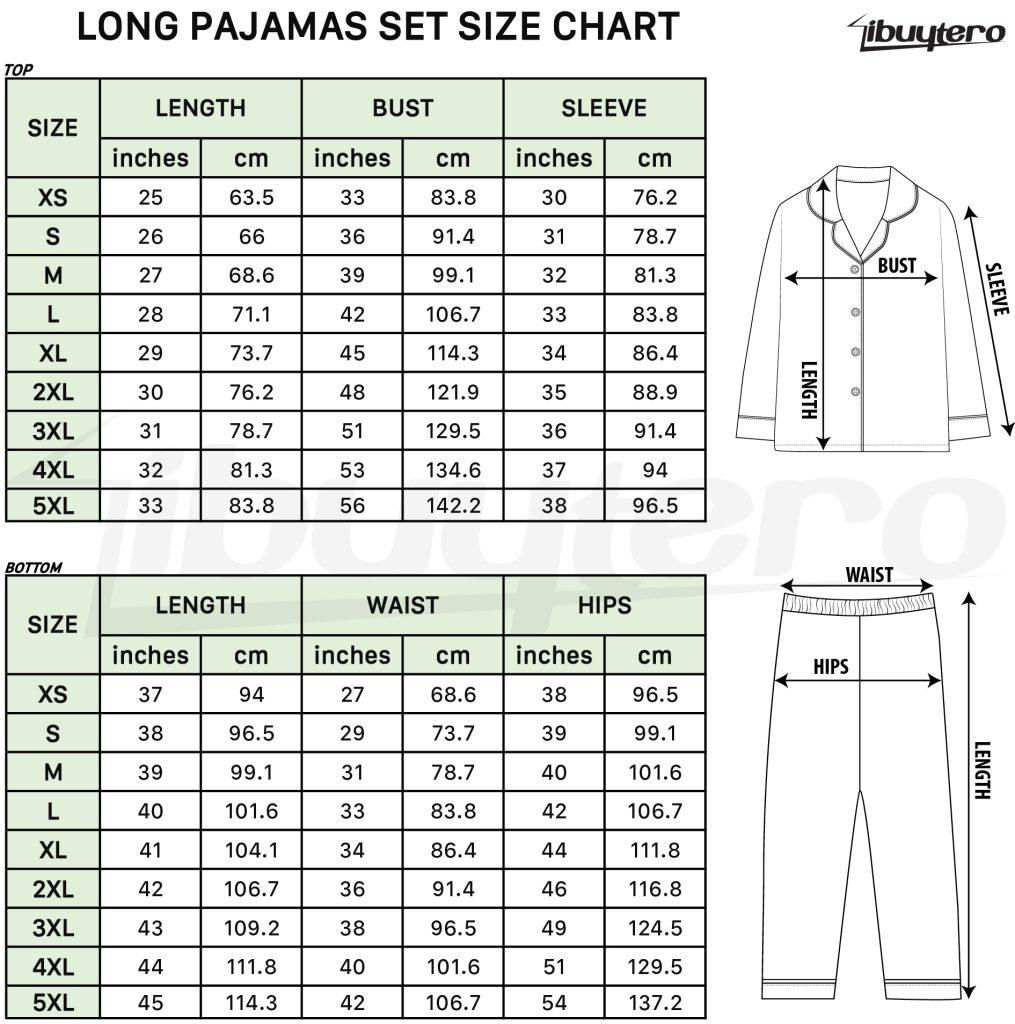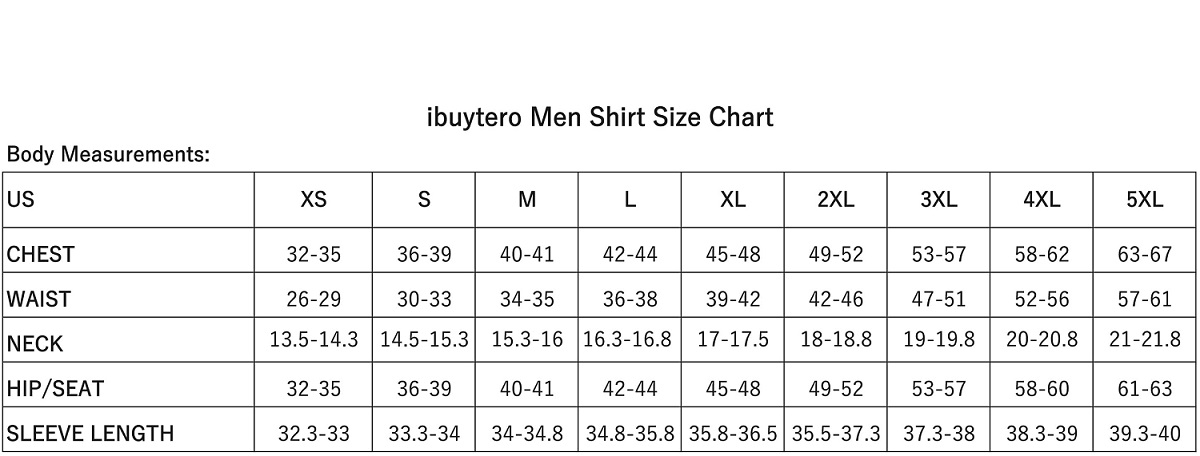Choosing the best hat fabrics: Pros and Cons
Hat fabric plays a crucial role in the art of hat-making. While many people focus on the style of hats they desire, the importance of hat fabric often goes unnoticed. The materials you choose impact the hat’s construction and care requirements. For instance, you can’t clean a woolen hat the same way you would a nylon one.
Another vital aspect of hat fabric is its functionality. Different materials determine when and how people wear hats. For example, winter hats must keep the wearer warm, so fabrics with good insulation are essential. Conversely, summer hats need to be light and breathable to ensure comfort and protection in hot weather.
Hat fabric materials fall into three broad categories:
- Natural fabrics – derived from plants or animals
- Synthetic fabrics – derived from chemical compounds
- Blended fabrics – a combination of natural and synthetic fibers
With a wide array of fabrics to choose from, this post explores the most popular materials used in hat production. We’ll discuss the pros and cons of each option, helping you select the best hat fabrics to bring your hat design ideas to life.
I. Hat fabric made of linen
Linen, one of the oldest materials in existence, dates back to ancient Egypt. This natural fabric is derived from the stalk of the flax plant and is perfect for crafting light and airy hats ideal for spring and summer.
Linen is renowned for its thermo-regulating properties. Its weave allows for excellent airflow, enabling heat to escape and creating a cooling effect on hot summer days. Additionally, linen reflects heat, providing a natural shading effect.
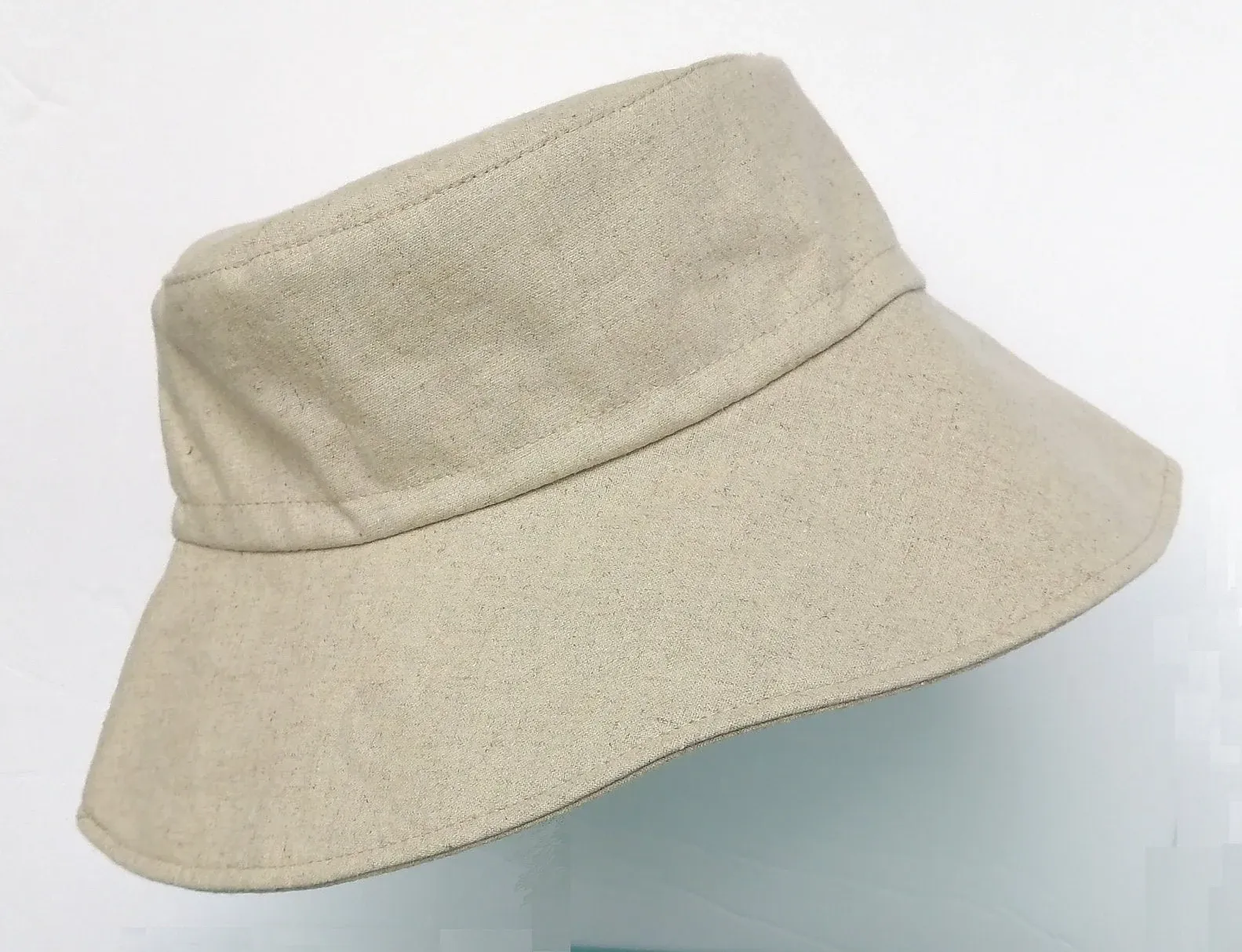
Another standout feature of linen is its moisture-wicking capability. It efficiently moves sweat from the body to the fabric’s outer surface and dries quickly, preventing the material from becoming saturated.
The advantages of using linen include:
- Durability: Flax fibers have low elasticity and become stronger when wet.
- Hypoallergenic: Linen is unlikely to cause allergic reactions.
- Antibacterial/Anti-fungal: It naturally inhibits bacterial growth.
- Sustainability: Linen requires fewer pesticides and less water compared to cotton.
However, linen does have its downsides. It wrinkles more easily than other fabrics, and some individuals with sensitive skin may find it slightly irritating. Additionally, the labor-intensive production process makes linen more expensive than cotton.
II. Hat fabric made of wool
Wool is a luxurious natural material derived from the soft fibers of animals such as sheep, alpacas, camels, llamas, and angora goats. Commonly associated with berets, fedoras, and custom beanies, wool is also a great choice for crafting baseball caps.
Known for its exceptional insulating properties, wool traps dry air and warmth, making it ideal for winter wear. In the summer, its moisture-wicking capabilities draw excess heat and moisture away from the skin, keeping you cool.
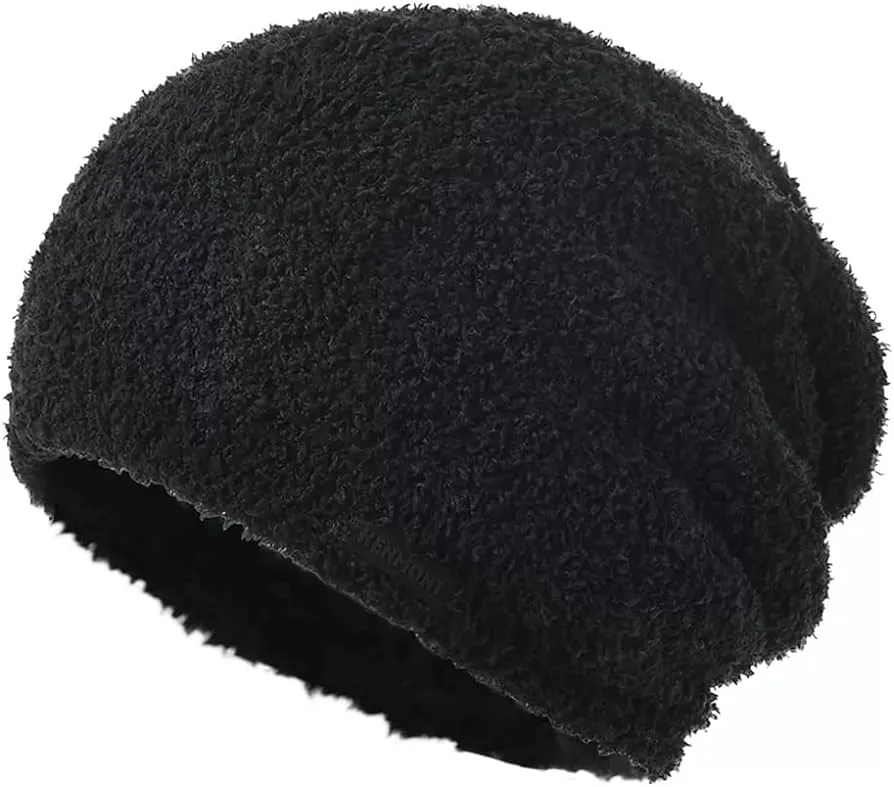
Advantages of wool include:
- Durability: Wool is highly flexible, capable of bending 20,000 times without breaking.
- Stain Resistance: Wool naturally repels liquids and resists soiling.
- Flame Resistance: Wool burns slowly and self-extinguishes when the flame is removed.
However, wool’s primary drawback is its cost. As a luxury fiber, producing high-quality wool requires significant time and money to nurture the animals. Acrylic, a synthetic alternative, can mimic wool’s characteristics and is more affordable.
Another concern is wool’s absorbency, which can make hair brittle. Lining wool hats with satin can help prevent dry, fragile hair.
III. Hat fabric made of cotton
Cotton, one of the oldest textiles, is the most commonly used material for hats. Sourced from the cotton plant, this natural fiber is celebrated for its versatility.
Cotton comes in various forms, each suited to different needs. Washed cotton is light and airy, perfect for regulating body temperature in the summer. Brushed cotton, with its fluffy fibers, provides enhanced insulation by trapping air. Cotton twill, characterized by a sturdy weave pattern used in denim, is suitable for year-round use.
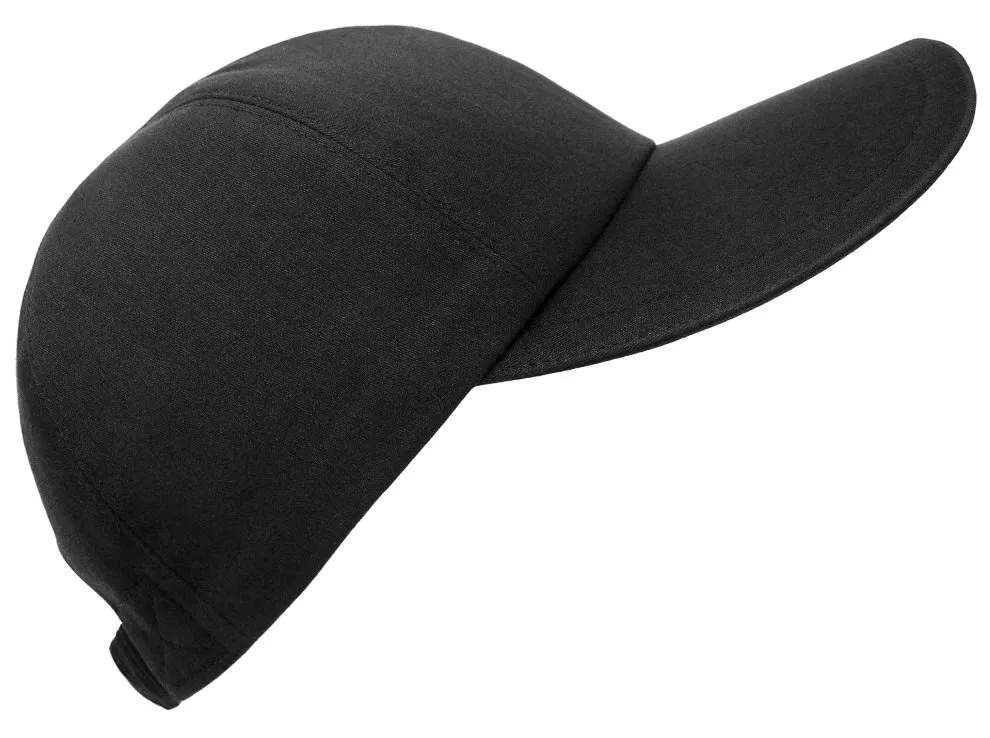
Other benefits of cotton include:
- Color Retention: Cotton absorbs dyes well, ensuring vibrant colors.
- Absorbency: Cotton can hold up to 27 times its weight in moisture.
- Hypoallergenic: Cotton is unlikely to cause allergic reactions.
- Texture: Soft and breathable, cotton is gentle on the skin and doesn’t cause irritation.
Cotton’s main drawback is its durability. It is less durable than linen and synthetic fibers, leading to few hats being made of 100% cotton. To enhance durability and reduce costs, manufacturers often blend cotton with polyester, as pure cotton can be expensive.
IV. Hat fabric made of nylon
Nylon, a group of chemicals known as polyamides (specifically polyamide 6.6), is a versatile and popular fabric for headwear. Its lightweight and elastic properties make it ideal for hats that need to fit various head sizes comfortably.

Advantages of nylon include:
- Shape Retention: Nylon holds its shape well.
- Easy Maintenance: It’s simple to clean.
- Affordability: Nylon is cost-effective.
- Dye Acceptance: It easily takes on vibrant colors.
However, nylon’s low moisture absorbency can be a drawback. To address this, you can line the headbands of nylon caps with moisture-wicking materials like cotton or linen for added comfort.
V. Hat fabric made of buckram
Ever wondered what gives the brim of fedora hats their structure? It’s buckram. This material is a loosely woven, coarse cotton (similar to muslin) treated with wheat starch or glue. When warmed or wetted, buckram becomes pliable, allowing you to mold your hat into the desired shape.
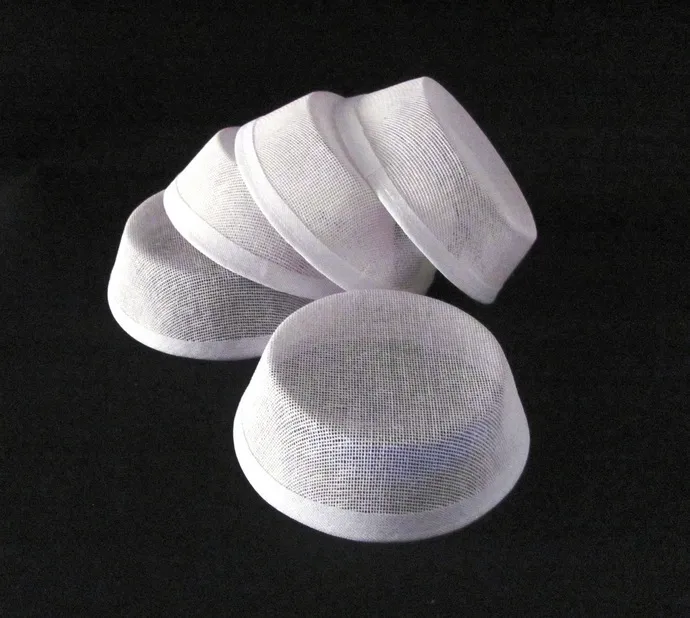
Buckram is known for its:
- Strength: Provides excellent support and structure.
- Durability: Stands up well to wear and tear.
- Water Resistance: Repels moisture to some extent.
Buckram is not only used in fedora brims but also supports and strengthens the bills of athletic and classic hats, making it a versatile choice for various styles.
VI. Hat fabric made of polyester
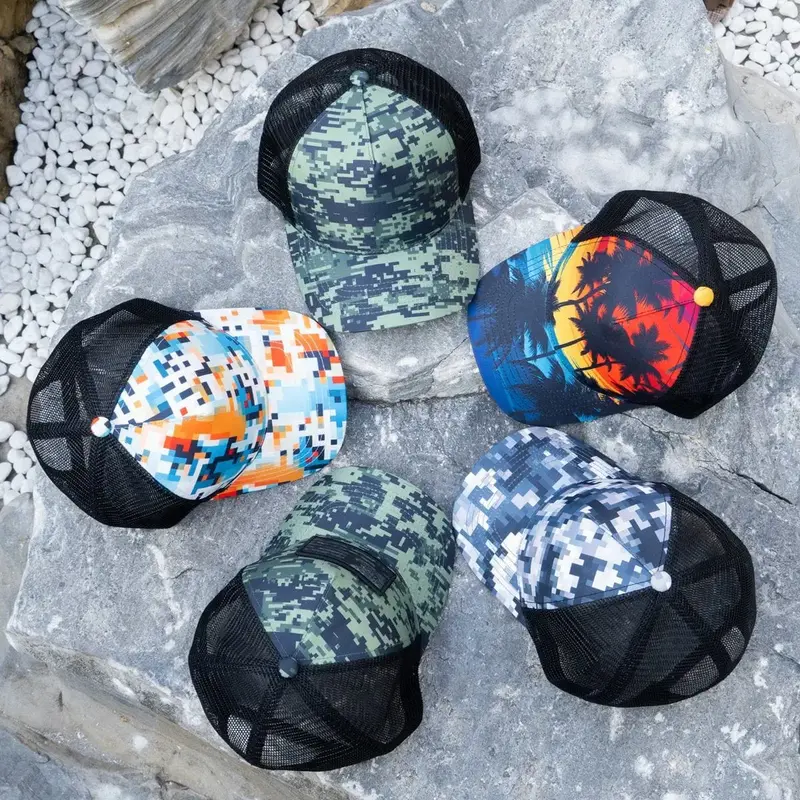
Polyester, a synthetic material made from petrochemical polymers, is a staple in modern headwear. Its popularity stems from several key advantages:
- Durability: Resists wear and holds its shape through repetitive use.
- Insulation: Traps warmth, making it suitable for cooler weather.
- Moisture-Wicking: Draws sweat away from the skin for a dry, comfortable feel.
- Color Retention: Maintains vibrant colors over time.
- Cost-Effectiveness: More affordable than many natural materials.
The main drawback of polyester is its lack of breathability, which can cause skin discomfort or allergic reactions. Manufacturers often blend polyester with natural fibers like wool, cotton, linen, or bamboo to enhance breathability and comfort. Poly-cotton blends are especially popular for creating durable, comfortable hats.
VII. Hat fabric made of straw
Nothing embodies a summer beach vacation quite like a straw hat. Straw, derived from plants such as wheat, jute, bamboo, sisal, seagrass, and others, is a lightweight and breathable material. There are also synthetic variations that mimic straw.
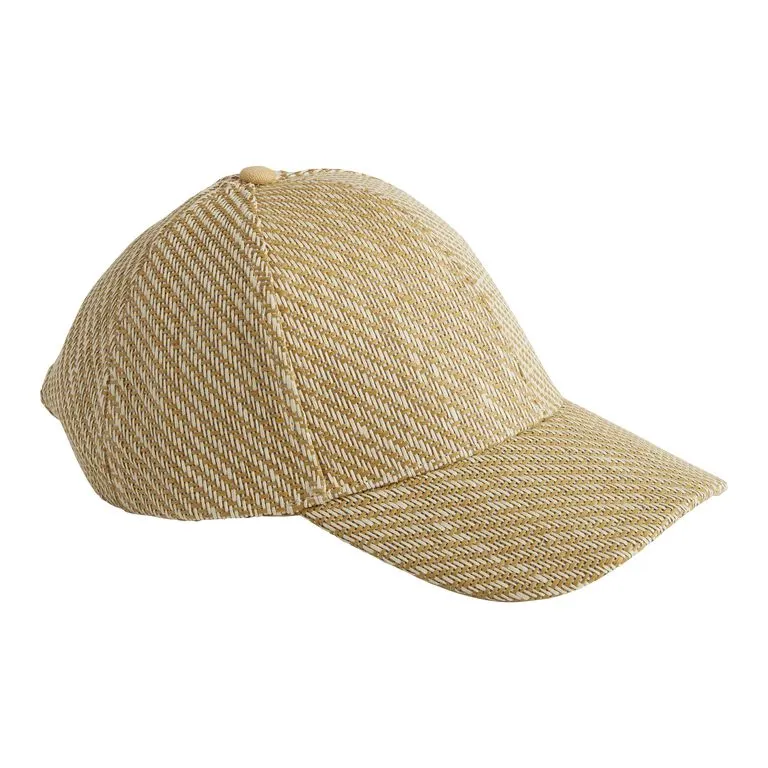
Straw exhibits different characteristics based on the specific plant used. For example, coarse and stiff straw is perfect for sturdy Panama hats, while more flexible raffia is ideal for rollable, packable floppy beach hats.
Straw hats are typically woven, either by hand or machine, with small openings that allow for ventilation and cooling in hot weather. A defining feature of straw hats is their excellent sun protection, offering up to UPF 50 (ultraviolet protection factor), depending on the tightness of the weave. The tighter the weave, the higher the UV protection.
VIII.Conclusion
As you can see, there is more to headwear production than design. Fabric plays an important role in the look, feel and function of a hat. Therefore, understanding and choosing the type of fabric to make the best hat is extremely important for hat sellers.
Different fabrics exhibit different properties. Some have temperature-regulating properties, others have hypoallergenic properties. Some are sturdy and hold their shape, others are malleable.
We have shared the most popular materials and discussed their advantages and disadvantages. Understanding the different types of hat fabrics helps you make informed decisions when placing bulk orders with private label hat manufacturers like ibuytero.
Discover the unique appeal of trucker hats and Hawaiian shirts, two iconic fashion pieces that blend comfort and individuality. At ibuytero, we offer a curated selection of both, perfect for those who appreciate laid-back style with a touch of personality. Explore our shop to find top-quality trucker hats and vibrant Hawaiian shirts that suit any casual occasion. Follow us on Pinterest to keep up to date with the latest products.


